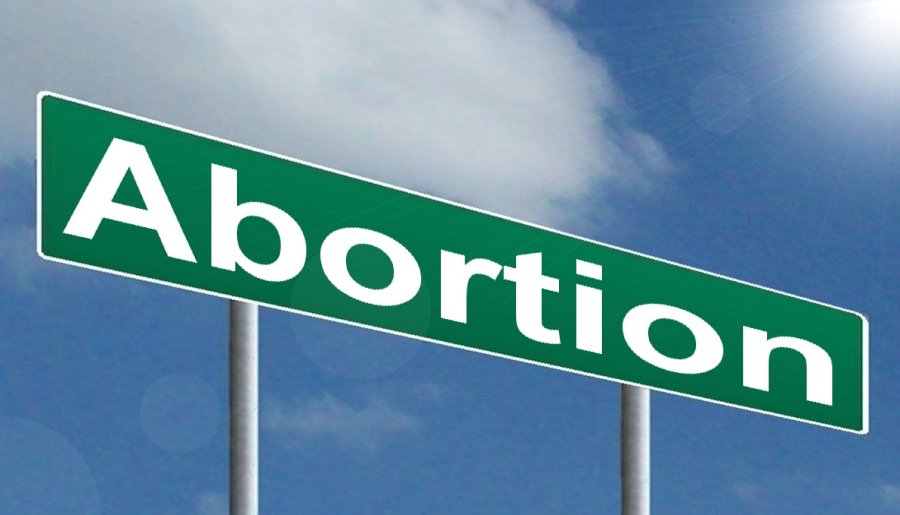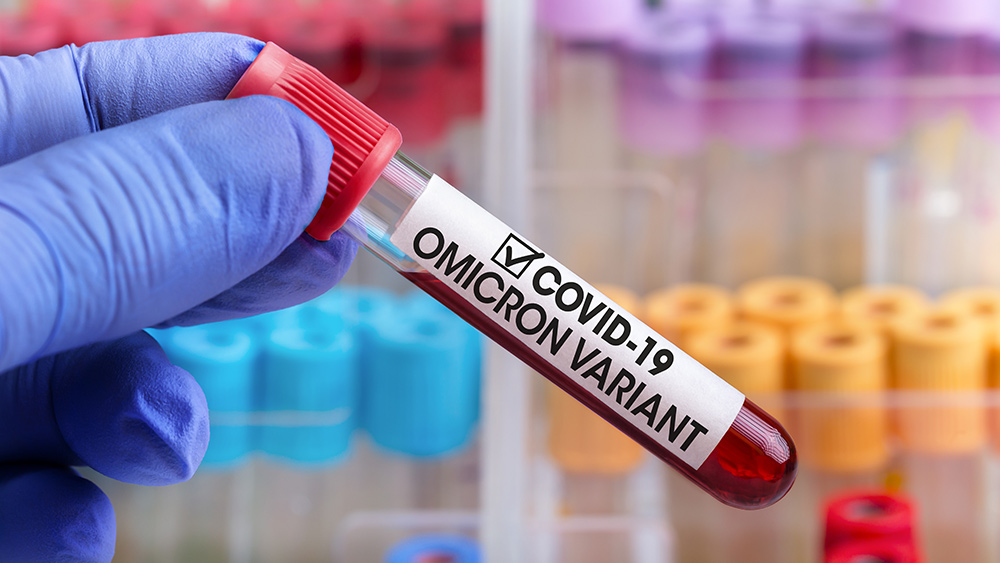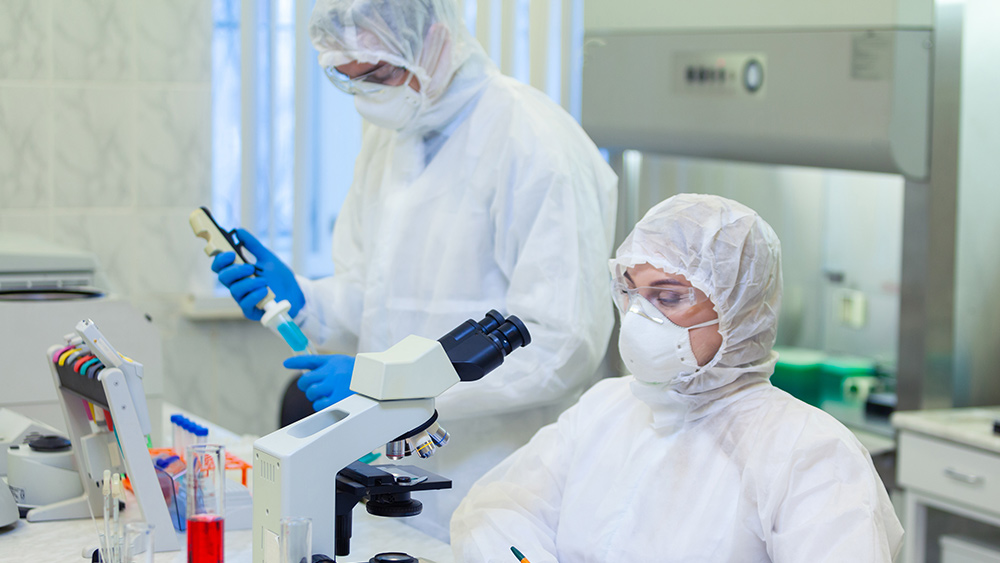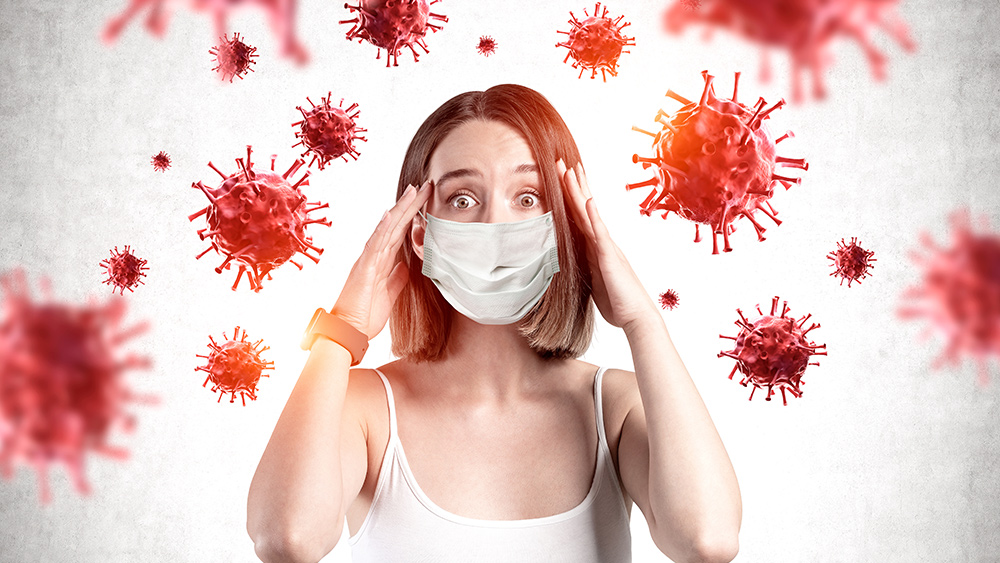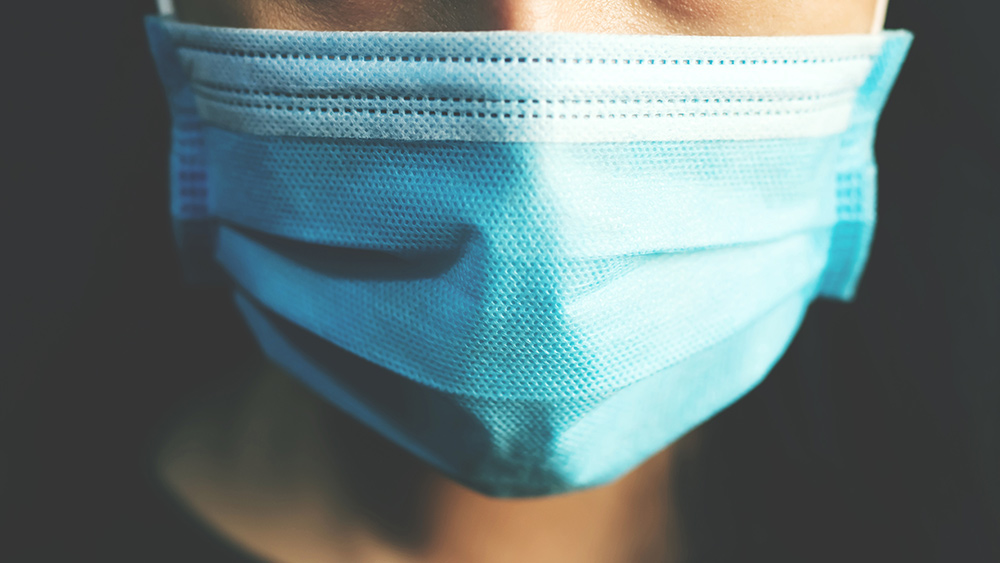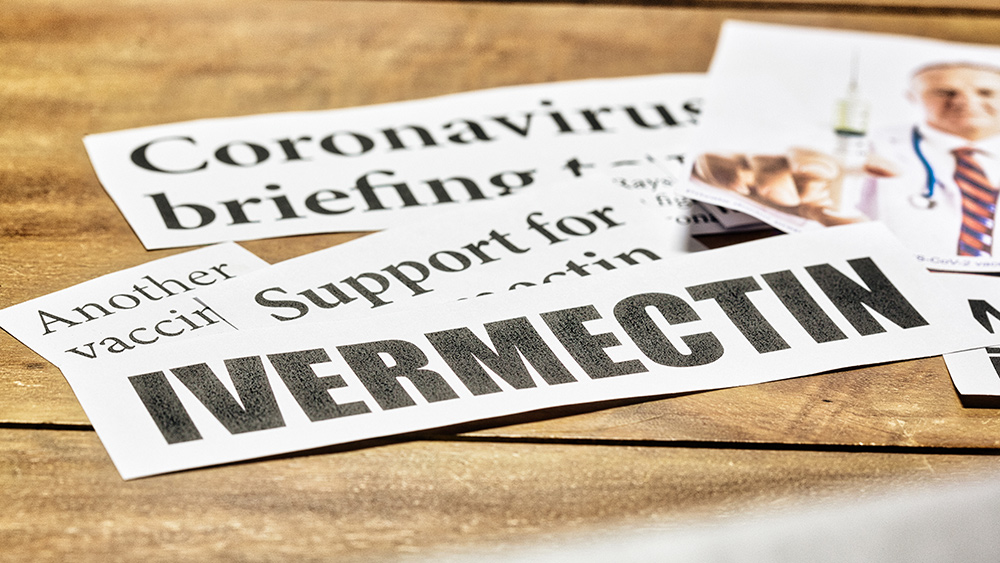PCR tests and the rise of disease panic
12/08/2021 / By News Editors

Investigating the cause of a disease is like investigating the cause of a crime. Just as the detection of a suspect’s DNA at a crime scene doesn’t prove they committed the crime, so the detection of the DNA of a virus in a patient doesn’t prove it caused the disease.
(Article by Ian McNulty republished from BrownStone.org)
Consider the case of Epstein-Barr Virus (EBV) for example. It can cause serious diseases like arthritis, multiple sclerosis and cancer. A Japanese study in 2003 found that 43% of patients suffering from Chronic Active Epstein-Barr Virus (CAEBV) died within 5 months to 12 years of infection.
Yet EBV is one of the most common viruses in humans and has been detected in 95% of the adult population. Most of those infected are either asymptomatic or show symptoms of glandular fever, which can have similar symptoms to ‘long Covid.’
If an advertising agency attempted to create demand for an EBV treatment with daily TV and radio ads representing positive EBV tests as ‘EBV Cases’ and deaths within 28 days as ‘EBV Deaths,’ they’d be prosecuted for fraud by false representation so quickly their feet wouldn’t touch the ground.
How Viruses Are Detected
Before the invention of PCR, the gold standard for detecting viruses was to grow them in a culture of living cells and count damaged cells using a microscope.
The disadvantage of cell cultures is they need highly skilled technicians and can take weeks to complete. The advantage is they only count living viruses that multiply and damage cells. Dead virus fragments that do neither are automatically discounted.
The invention of PCR in 1983 was a game changer. Instead of waiting for viruses to grow naturally, PCR rapidly multiplies tiny amounts of viral DNA exponentially in a series of heating and cooling cycles that can be automated and completed in less than an hour.
PCR revolutionised molecular biology but its most notable application was in genetic fingerprinting, where its ability to magnify even the smallest traces of DNA became a major weapon in the fight against crime.
But, like a powerful magnifying glass or zoom lens, if it’s powerful enough to find a needle in a haystack it’s powerful enough to make mountains out of molehills.
Even the inventor of PCR, Kary Mullis, who won the Nobel Prize in Chemistry in 1993, vehemently opposed using PCR to diagnose diseases: “PCR is a process that’s used to make a whole lot of something out of something. It allows you to take a very miniscule amount of anything and make it measurable and then talk about it like it’s important.“
PCR has certainly allowed public health authorities and the media around the world to talk about a new variant of Coronavirus like it’s important, but how important is it really?
The Dose Makes The Poison
Anything can be deadly in high enough doses, even oxygen and water. Since the time of Paracelsus in the 16th century, science has known there are no such things as poisons, only poisonous concentrations:
“All things are poison, and nothing is without poison; the dosage alone makes the poison.” (Paracelsus, dritte defensio, 1538.)
This basic principle is expressed in the adage “dosis sola facit venenum“ – the dose alone makes the poison – and is the basis for all Public Health Standards which specify Maximum Permissible Doses (MPDs) for all known health hazards, from chemicals and radiation to bacteria, viruses and even noise.
Public Health Standards, Science and Law
Toxicology and Law are both highly specialised subjects with their own highly specialised language. Depending on the jurisdiction, Maximum Permissible Doses (MPDs) are also known as Health Based Exposure Limits (HBELs), Maximum Exposure Levels (MELs) and Permissible Exposure Limits (PELs). But, no matter how complicated and confusing the language, the basic principles are simple.
If the dose alone makes the poison then it’s the dose that’s the biggest concern, not the poison. And if Public Health Standards in a liberal democracy are regulated by the rule of law then the law needs to be simple enough for a jury of reasonably intelligent lay people to understand.
Although the harm caused by any toxin increases with the dose, the level of harm depends not only on the toxin, but the susceptibility of the individual and the way the toxin is delivered. Maximum Permissible Doses have to strike a balance between the benefit of increasing safety and the cost of doing it. There are many Political, Economic and Social factors to consider besides the Technology (PEST).
Take the case of noise for example. The smallest whisper may be irritating and harmful to some people, while the loudest music may be nourishing and healthy for others. If the Maximum Permissible Dose was set at a level to protect the most sensitive from any risk of harm, life would be impossible for everyone else.
Maximum Permissible Doses have to balance the costs and benefits of restricting exposure to the level of No Observable Effect (NOEL) at one end of the scale, and the level that would kill 50% of the population at the other (LD50).
Bacteria and viruses are different from other toxins, but the principle is the same. Because they multiply and increase their dose with time, maximum permissible doses need to be based on the minimum dose likely to start an infection known as the Minimum Infective Dose (MID).
Take the case of listeria monocytogenes for example. It’s the bacteria that causes listeriosis, a serious disease that can result in meningitis, sepsis and encephalitis. The case fatality rate is around 20%, making it ten times more deadly than Covid-19.
Yet listeria is widespread in the environment and can be detected in raw meat and vegetables as well as many ready-to-eat foods, including cooked meat and seafood, dairy products, pre-prepared sandwiches and salads.
The minimum dose in food likely to cause an outbreak of listeriosis is around 1,000 live bacteria per gram. Allowing a suitable margin of safety, EU and US food standards set the maximum permissible dose of listeria in ready-to-eat products at 10% of the minimum infective dose , or 100 live bacteria per gram.
If Maximum Permissible Doses were based solely on the detection of a bacteria or virus rather than the dose, the food industry would cease to exist.
Protection of the Vulnerable
The general rule of thumb for setting maximum permissible doses used to be 10% of the MID for bacteria and viruses, and 10% of the LD50 for other toxins, but this has come under increasing criticism in recent years: first with radiation, then Environmental Tobacco Smoke (ETS), then smoke in general, then viruses.
The idea that there is no safe dose of some toxins began to surface in the 1950s, when radioactive fallout from atom bomb tests and radiation from medical X-rays were linked with the the dramatic post-war rise in cancers and birth defects.
Although this was rejected by the science at the time, it wasn’t entirely unfounded. There are many reasons why radiation may be different from other pollutants. Chemicals like carbon, oxygen, hydrogen and nitrogen are recycled naturally by the environment, but there is no such thing as a Radiation Cycle. Radioactivity only disappears gradually with time, no matter how many times it’s recycled. Some radioactive substances remain dangerous for periods longer than human history.
All life forms are powered by chemical processes, none by nuclear energy. The last natural nuclear reactor on earth burned out more than 1.5 billion years ago. The nearest one now is isolated from life on earth by 93 million miles of vacuum.
As evidence mounted to show there was no safe dose of radiation, maximum permissible doses were lowered drastically, but limited doses were still allowed. If public health standards were based purely on the detection of radiation rather than the dose, the Nuclear Industry would cease to exist.
The susceptibility of any individual to any health risk depends on many factors. Most people can eat sesame seeds and survive bee stings without calling an ambulance, for others they can be fatal. In the US bees and wasps kill an average of more than 60 people each year, and food allergies cause an average of 30,000 hospitalisations and 150 deaths.
If public health standards were based solely on the detection of a toxin rather than the dose, all bees would be exterminated and all food production closed down.
Food allergies set the legal precedent. Where minuscule traces of something might be harmful for some people, the law demands that products carry a clear warning to allow the vulnerable to protect their own health. It doesn’t demand everyone else pay the price, no matter what the cost, by lowering maximum permissible doses to the point of no observable effect.
Minimum Infectious Doses (MIDs) have already been established for many of the major respiratory and enteric viruses including strains of coronavirus. Even though SARS-CoV-2 is a new variant of coronavirus, the MID has already been estimated at around 100 particles. Whilst further work is needed, nevertheless it could serve as a working standard to measure Covid-19 infections against.
Are PCR Numbers Scientific?
As the philosopher of science, Karl Popper, observed: “non-reproducible single occurrences are of no significance to science.”
To be reproducible, the results of one test should compare within a small margin of error with the results of other tests. To make this possible all measuring instruments are calibrated against international standards. If they aren’t, their measurements may appear to be significant, but they have no significance in science.
PCR tests magnify the number of target DNA particles in a swab exponentially until they become visible. Like a powerful zoom lens, the greater the magnification needed to see something, the smaller it actually is.
The magnification in PCR is measured by the number of cycles needed to make the DNA visible. Known as the Cycle Threshold (Ct) or Quantification Cycle (Cq) number, the higher the number of cycles the lower the amount of DNA in the sample.
To convert Cq numbers into doses they have to be calibrated against the Cq numbers of standard doses. If they aren’t they can easily be blown out of proportion and appear more significant than they actually are.
Take an advertisement for a car for example. With the right light, the right angle and the right magnification, a scale model can look like the real thing. We can only gauge the true size of things if we have something to measure them against.
Just like a coin standing next to a toy car proves it’s not a real one, and a shoe next to a molehill shows it’s not a mountain, the Cq of a standard dose next to the Cq of a sample shows how big the dose really is.
So it’s alarming to discover that there are no international standards for PCR tests and even more alarming to discover that results can vary up to a million fold, not just from country to country, but from test to test.
Even though this is well-documented in the scientific literature it appears that the media, public health authorities and government regulators either haven’t noticed or don’t care:
- “It should be noted that currently there is no standard measure of viral load in clinical samples.”
- “An evaluation of eight clinically relevant viral targets in 23 different laboratories resulted in Cq ranges of more than 20, indicative of an apparently million-fold difference in viral load in the same sample.”
- “The evident lack of certified standards or even validated controls to allow for a correlation between RT-qPCR data and clinical meaning requires urgent attention from national standards and metrology organisations, preferably as a world-wide coordinated effort.”
- “Certainly the label “gold standard” is ill-advised, as not only are there numerous different assays, protocols, reagents, instruments and result analysis methods in use, but there are currently no certified quantification standards, RNA extraction and inhibition controls, or standardised reporting procedures.”
Even the CDC itself admits PCR test results aren’t reproducible:
- “Because the nucleic acid target (the pathogen of interest), platform and format differ, Ct values from different RT-PCR tests cannot be compared.”
For this reason PCR tests are licenced under emergency regulations for the detection of the type or ‘quality’ of a virus, not for the dose or ‘quantity’ of it.
- “As of August 5, 2021, all diagnostic RT-PCR tests that had received a US Food and Drug Administration (FDA) Emergency Use Authorization (EUA) for SARS-CoV-2 testing were qualitative tests.”
- “The Ct value is interpreted as positive or negative but cannot be used to determine how much virus is present in an individual patient specimen.”
Just because we can detect the ‘genetic fingerprint’ of a virus doesn’t prove it’s the cause of a disease:
- “Detection of viral RNA may not indicate the presence of infectious virus or that 2019-nCoV is the causative agent for clinical symptoms.”
So, while there’s little doubt that using PCR to identify the genetic fingerprint of a Covid-19 virus is the gold standard in molecular science, there’s equally no doubt that using it as the gold standard to quantify Covid-19 ‘cases’ and ‘deaths’ is “ill-advised.”
The idea that PCR may have been used to make a mountain out of a molehill by blowing a relatively ordinary disease outbreak out of all proportion is so shocking it’s literally unthinkable. But it wouldn’t be the first time it has happened.
Read more at: BrownStone.org
Tagged Under: big government, chaos, conspiracy, COVID, detection, infections, medical tech, outbreak, pandemic, panic, PCR test, propaganda, science deception, science fraud
RECENT NEWS & ARTICLES
COPYRIGHT © 2017 OUTBREAK NEWS



